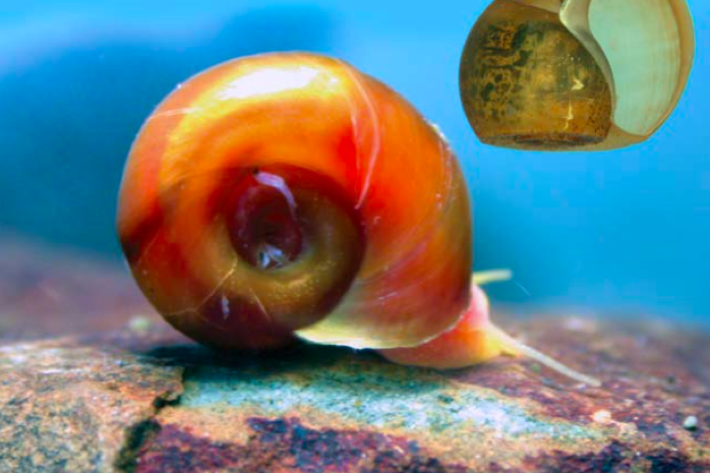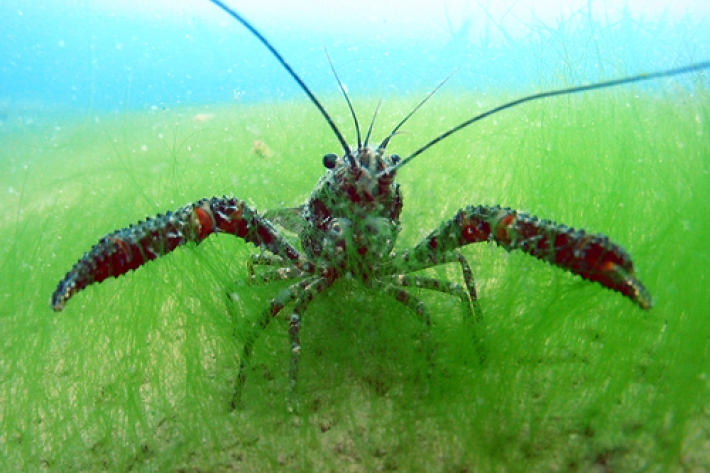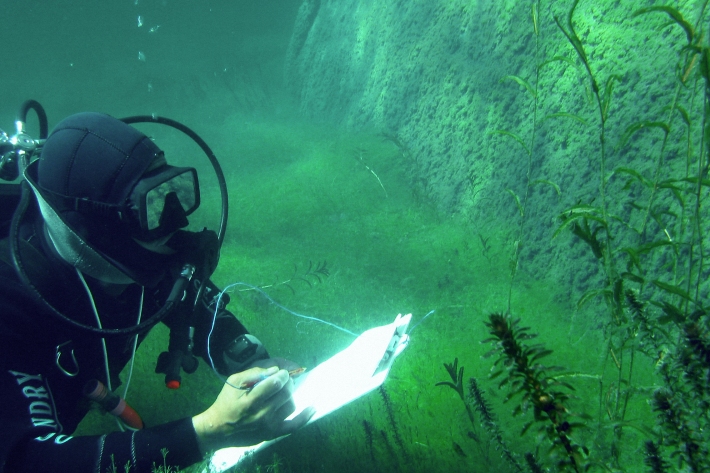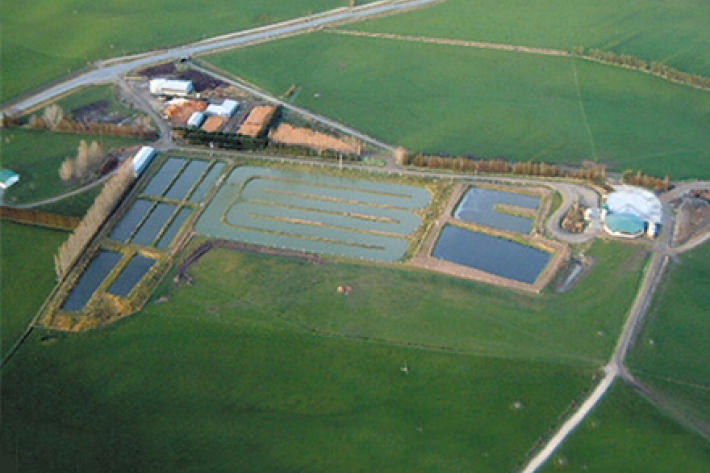-

Setting maximum turbidity levels for riverine fish (DSS)
NIWA research has established turbidity limits to protect fish in New Zealand rivers. -

Freshwater management tools
Some of the useful methods, guidelines and modelling tools we've developed to assist with management of freshwaters. -

Freshwater species and habitat management
Find out how we can help you with freshwater species and habitat management. -

Flow assessment and management
We offer a range of flow assessment and management services. -

Water quality monitoring and advice
More information about our water quality monitoring and advice services. -

Specialist analytical services
ServiceFind out more about our specialist analytical services. -

Impacts of meat and dairy processing
What are the impacts of meat and dairy processing activities on water quality and mahinga kai? -

Mitigation
Here are some simple steps to minimise the effects of riparian vegetation loss on water quality and mahinga kai. -

Mitigation
Simple steps to minimise the effects of chemical contamination on water quality and mahinga kai.

